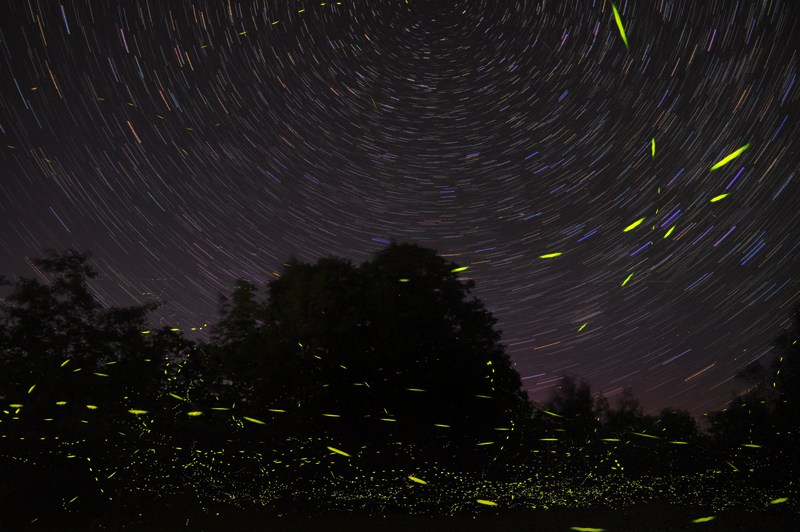In an effort to understand declining firefly populations, the West Virginia Division of Natural Resources has launched a citizen-science project to track lightning bug sightings in the Mountain State.
West Virginia's 40 species of fireflies have declined in number due to habitat loss, pesticide use, and other environmental causes such as light pollution, according to state zoologist Mack Frantz.
Frantz said that as temperatures warm up and these insects become more active, members of the public can report sightings at wvdnr.gov/fireflies.
"This is a chance for parents to take their family out to catch fireflies in a glass jar or watch these incredible insects light up the neighborhood at night," Frantz said.
"Many people have fond memories of chasing lightning bugs when they were a kid and we want to make sure these insects thrive so future generations can enjoy this magical experience."
Fireflies are soft-bodied beetles that use a light-emitting chemical process called bioluminescence to attract mates and prey. Each species has its own unique flashing patterns.
Because they use this light to reproduce, fireflies are extremely sensitive to light pollution and artificial light at night.
Division biologists hope to better understand the scope of the decline in West Virginia by using data collected during the public survey.
Guidelines, a printable reporting form, and information about firefly events, workshops and volunteer opportunities are available at wvdnr.gov/fireflies.
Sightings also can be reported through Survey123, available to download on Apple and Google Play.
Survey participants also are encouraged to share photos on social media with the hashtag #LightUpWV. For more information about the project or to be added to a survey mailing list, contact Frantz at mack.w.frantz@wv.gov or 304-637-0245.
Sign up to receive a FREE copy of West Virginia Explorer Magazine in your email twice weekly. Sign me up!


